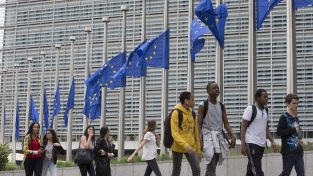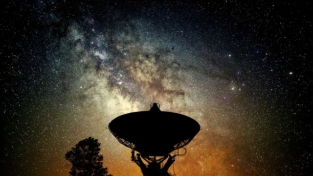Un piccolo satellite per deviare un asteroide
Un esperimento vuole dimostrare la possibilità di modificare la direzione di eventuali asteroidi in rotta di collisione con la Terra
Un piccolo satellite lanciato dalla Terra può colpire un piccolo/grande asteroide e deviarne la traiettoria? Questo è l’interessante quesito a cui risponderà DART, veicolo spaziale lanciato con un razzo SpaceX Falcon 9 dalla Vandenberg Space Force Base in California.
L’obiettivo è colpire il piccolo asteroide DidiMoon (160 metri di diametro) nell’ottobre del 2022: una sonda italiana collegata a DART verificherà poi da vicino il risultato dell’operazione.
In pratica si tratta di evitare di finire come i dinosauri, che si estinsero dopo il catastrofico impatto sulla Terra di un asteroide in arrivo dallo spazio. Casi recenti di asteroidi caduti sulla Terra sono quello di Celiabinsk (in Russia) nel 2013, e soprattutto quello di Tunguska (in Siberia) nel 1908, che ebbe un impatto come 1000 bombe atomiche distruggendo 70 milioni di alberi.
Alla base del tentativo c’è l’ipotesi che nello spazio anche una minima “spinta” data ad un corpo sia in grado di spostarne significativamente l’orbita (Bill Ingalls/NASA via AP)


















